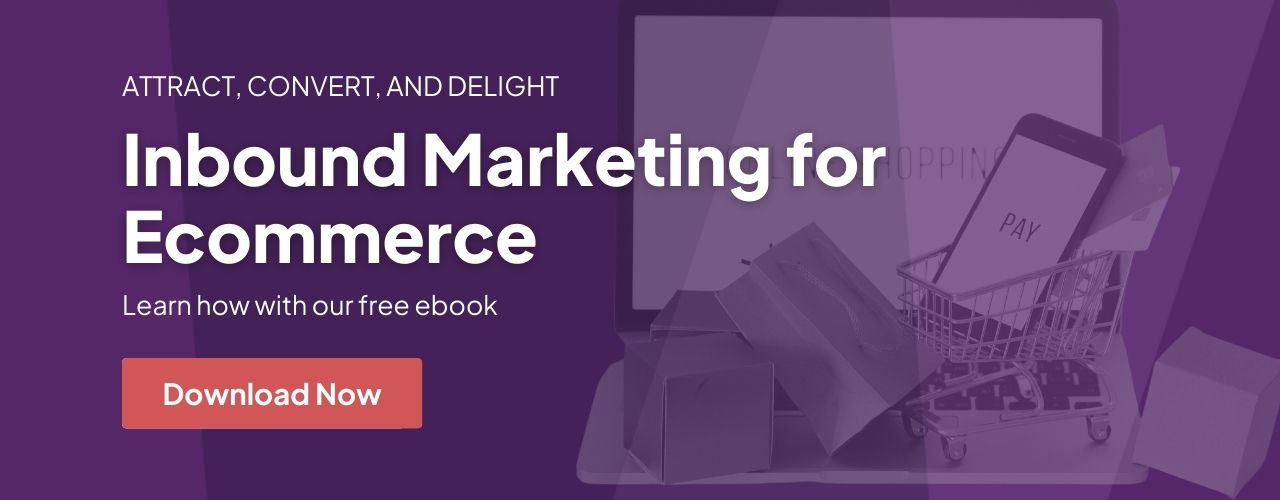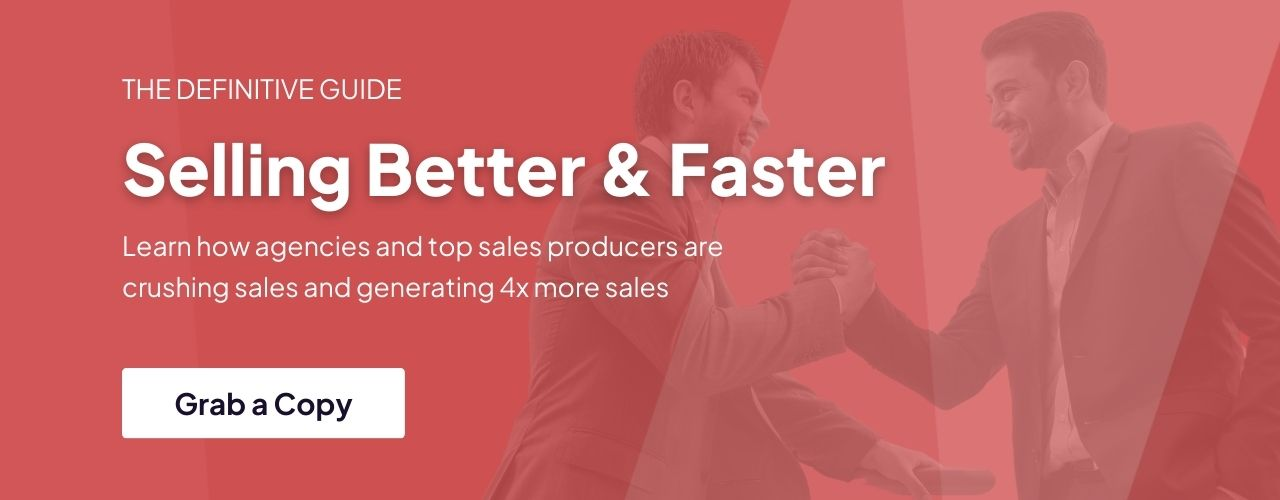Not to be confused with your sales strategy. A methodology for sales is designed to add focus and clarity to each stage of the buyers journey.
What are Sales Methodologies?
A sales methodology is the tactical part of your sales process. Typically, you'll define realistic sales targets then work backwards to create the actionable steps needed to reach your sales goals.
Best Sales Methodologies
- Inbound Selling
- SPIN Selling
- The Sandler System
- The Challenger Sale
- Conceptual Selling
- CustomerCentric Selling
- MEDDIC
- N.E.A.T. Selling
- SNAP Selling
- Solution Selling
What Sales Methodology is Best?
We all know that companies need consistent sales to continue to stay afloat and thrive.
But with the myriad of sales models out there, it's often be difficult to find the right fit for you and your sales team.
Depending on your product, market, and employee personalities, certain methodologies that work for other brands may be a bust for yours. To help your business continue to grow its bottom line, we've broken down the top 10 sales methods so you can determine the best one to implement in your organization.
1. Inbound Selling
The Inbound Sales methodology has boomed in recent years in response to evolving buying process the internet has created. As opposed to chasing customers, inbound selling encourages buyers to find your business or product by sales staff utilizing effective advertising campaigns.
Those in inbound sales spend much of their time analyzing metrics such as page views, social media interactions, and customer conversion statistics to measure the success of their business and to help them tailor customized solutions for their clientele.
2. SPIN Selling
“SPIN” in SPIN Selling stands for Situation, Problem, Implication, and Need-Payoff. This model created by Neil Rackham in 1989 encourages salespeople to ask questions to understand the buyer’s situation, desires, and any pain points.
As you can see, this method focuses primarily on the customer's needs and requires excellent communication skills and relationship-building, making it a tough fit for more naturally aggressive sales personalities.
As this sales model requires excellent communication skills and focuses on relationship-building, it's best suited for smaller companies that don't require many stakeholders to be involved in the purchasing procedures.
/Imported_Blog_Media/what-is-spin-selling-750x411-1.jpg?width=750&height=411&name=what-is-spin-selling-750x411-1.jpg)
3. Sandler Selling System
The basis of this system is to uncover the needs of the buyer and then customize the sales pitch to orient on those requirements. While most sales models push for sales reps to be aggressive with pursuing sales, the Sandler method is based on both parties being equally invested in the sales process, through building trust and a good working relationship.
Sandler-trained reps are also adept at identifying obstacles and potential hurdles before they derail the entire sale. This is great for the sales rep since engagement can be curtailed early on if the solution isn't matching the customer's problem. This saves your sales reps valuable time that could be spent orienting on a new customer.
4. The Challenger Sale
Authors Matthew Dixon and Brent Adamson surmise that every sales persona can be grouped into one of five general categories:
- Relationship Builders
- Hard Workers
- Lone Wolves
- Reactive Problem Solvers
- Challengers
According to the book, the 'Challengers' are the most successful of the 5 personalities, encompassing a whopping 40% of high sales performers. This salesperson is so successful because he typically has a very strong understanding of his business as well as any new, up-and-coming products within the field.
This confidence and knowledge helps to make customers feel special and at ease with the salesperson, often resulting in repeat sales and word-of-mouth referrals. They use a teach-tailor-take approach where the salesperson first teaches the consumer about the industry, sometimes even illuminating some downfalls about the industry.
Then they'll tailor a solution that will fit the customer's exact needs, and finally, they take control of the sale by leading the customer to the idea, and not leading with it. This tactic is widely used in technology-driven companies where knowledgeable reps are worth their weight in gold; layman consumers are sometimes not aware of the particular idiosyncrasies within an industry so trust is important.
5. Conceptual Selling
Conceptual selling is all about the customer seeing the concept a solution represents as opposed to seeing it only for a specific product or service.
The originators of this method, Robert Miller and Stephen Heiman, teach people to lay off the heavy sales pitch and instead to gather information by listening to the customer and asking thoughtful questions that provide insight into the consumer's needs.
While gathering that information, it's the salesperson's job to incorporate the company's products and solutions into the conversation as seamlessly as possible.
6. CustomerCentric Selling
Not at all surprisingly, this method revolves entirely around the customer and his specific needs. The objective of this strategy is to forgo the pushy sales tactics of the past and instead to become a trusted consultant.
Customer-centric selling should be done on the customer's timeline where they feel empowered to make a purchase, rather than feeling as though they were just regretfully pushed into a sale.
7. MEDDIC
The MEDDIC sales system is an anagram that stands for Metrics, Economic Buyer, Decision Criteria, Decision Process, Identify Pain, and Champion. The MEDDIC sales model is very technologically driven and requires tight control of the sales process.
Customers are funneled through an automated system and directed to a "champion": the sales rep that has been determined to best suit the needs of that particular customer.
8. NEAT Selling
NEAT is an updated version of older sales methods like BANT (Budget, Authority, Need, and Timeline) and ANUM (Authority, Need, Urgency, and Money).
Created by Harris Consulting Group and Sales Hacker, the NEAT system (comprised of Need, Economic Impact, Access To Authority & Timeline) is a much more successful method in these modern times.
When using the NEAT method, your sales team will tap into the customer's core needs, explaining the economic impact of the purchase, gaining access to decision-makers and then setting compelling timelines in which the customer can take advantage of the sale.
9. SNAP Selling
In 2012, Jill Konrath created the SNAP sales methodology that stands for: Simple, Invaluable, Aligned with the needs of the customer, and a Priority. Ms. Konrath believes that prospects are busy and distracted and that they all want an easy, quick sales process that's a snap to complete.
The SNAP method of getting into the consumer's head makes it painless for the customers and your sales team alike to close the deal.
10. Solution Selling
Created in 1988 by Mike Bosworth, this sales methodology is a very basic concept of selling a custom solution to someone's problems instead of selling the product itself.
With solution selling, sales reps identify a customer's pain points and specific concerns to tailor an ideal solution with varied products and services to fit their needs. This method is great for creative services like graphic design or interior design where sales reps can provide customized packages based on the customer's desires.
Over to You
While there are many styles of sales methodologies out there, none are perfect for every sales rep. You'll find that certain styles will suit your company and products better than others, so focus on those and on finding the best sales reps who align with your company's mission.
With that in mind, there are a few common sales principles that will always apply no matter your product or selling style: listen more, talk less, respect your customer, and be courteous. With proper training and a great product, implementing any one of these methodologies could help your team out-perform previous years substantially.







